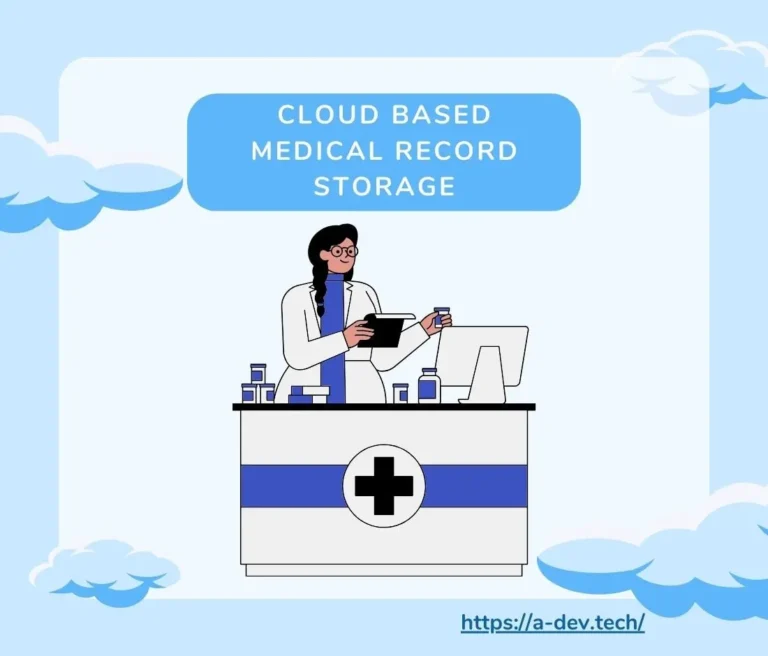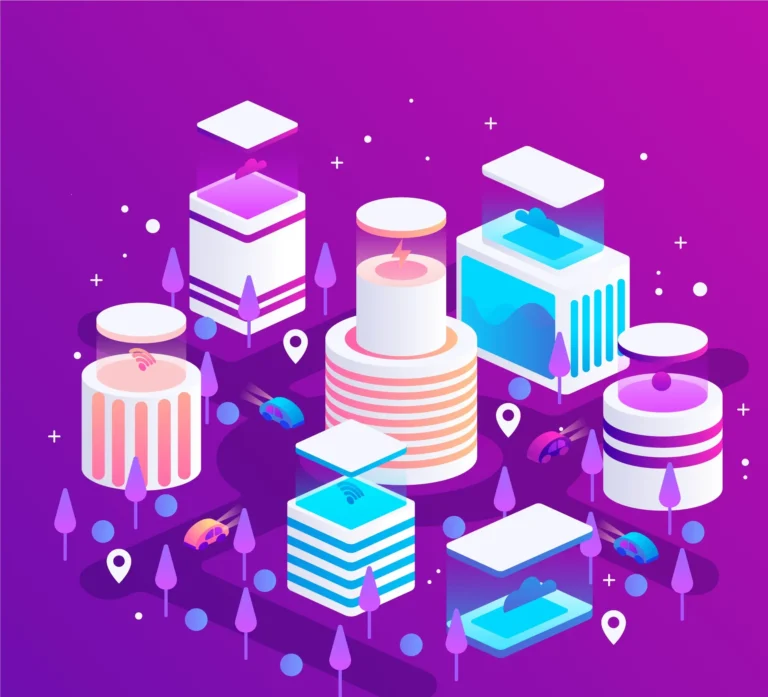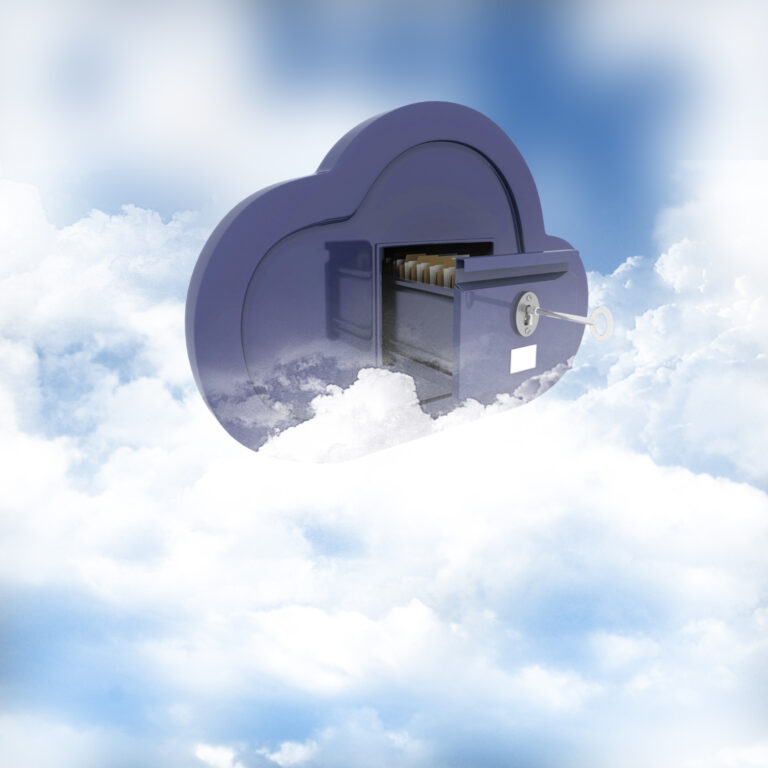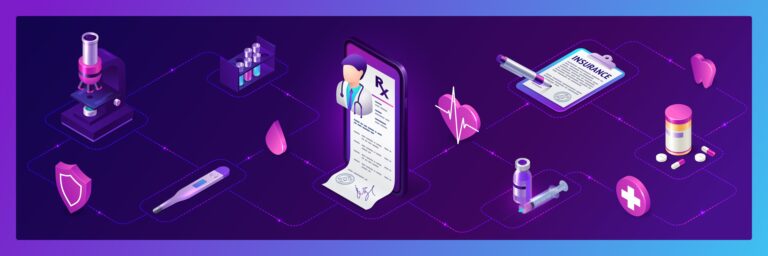
When picking a cloud or SaaS provider, data security is top of mind. SOC 2 and SOC 3 are the key certifications that prove a service organization’s commitment to security. While SOC 2 gives a deep dive into a company’s security practices, SOC 3 is a public version of the same info, for businesses that want assurance without the details. Neither SOC 2 nor SOC 3 is required by law, but many businesses get these certifications to show their commitment to cybersecurity, especially to business partners. In this guide we’ll break down the differences so you can choose the right one for your organization.
SOC 2 vs SOC 3 for Service Organizations
If you’re entering the world of cloud services or working with a SaaS provider, you’ve probably heard of SOC 2 and SOC 3 reports. These reports are all about how companies handle security, data protection and internal controls but serve different purposes. Knowing what these reports mean and why they matter will help you choose the right partner for your business.
SOC stands for System and Organization Controls. Essentially these reports help assess how well a service provider is managing the security of the data they handle. There are different types of SOC reports but SOC 2 and SOC 3 are the most common for service organizations like cloud providers, data processors and SaaS companies.
The key difference between SOC 2 and SOC 3 comes down to how much detail you get. A SOC 2 report is a full in-depth audit of a service provider’s internal controls and security practices. It focuses on the 5 main areas of security: security, availability, processing integrity, confidentiality and privacy. It’s designed to give you a deep look into how a company manages its systems and protects sensitive data.
A SOC 3 report is much more high level. It confirms the service provider meets the same security standards but doesn’t go into the nitty gritty. This makes it a public facing report that can be shared freely, showing potential customers or stakeholders that the company has passed security tests without revealing all the details.For service organizations especially those in the cloud or SaaS space SOC 2 and SOC 3 reports are proof of trust. They’re a way to show they take data security seriously and are compliant with industry standards. Getting these certifications helps build trust with customers, meets regulatory requirements and demonstrates commitment to best practices in data protection.
In short, SOC 2 is for businesses that need a deep dive into a provider’s internal security measures while SOC 3 is a simpler public facing way to show security standards are being met. For service organizations these reports are a key part of demonstrating reliability and gaining customer confidence.
Security Controls in SOC Compliance
When it comes to SOC compliance security controls are the foundation. They’re what ensure a service provider keeps your data safe and handles it properly. These controls cover everything from how data is encrypted to how access is restricted and are evaluated against a set of standards known as the Trust Services Criteria. These five criteria are:
- Security: How well a service provider protects against unauthorized access and data breaches.
- Availability: Whether the system is available for use as expected (i.e., uptime).
- Processing Integrity: Ensuring data is processed accurately and consistently.
- Confidentiality: Making sure sensitive data is kept private.
Privacy: Protecting personal information and complying with privacy laws.
When you look at SOC reports you need to focus on these criteria. They give you a good idea of how well a service organization manages risk and secures data. For managers evaluating a vendor’s security framework is key. Before you partner with a service provider make sure their security controls are robust enough to meet your company’s needs. This ensures your data is safe, your operations run smoothly and you comply with necessary regulations.
SOC 2 Compliance: Deep Dive into Internal Control and Risk Management
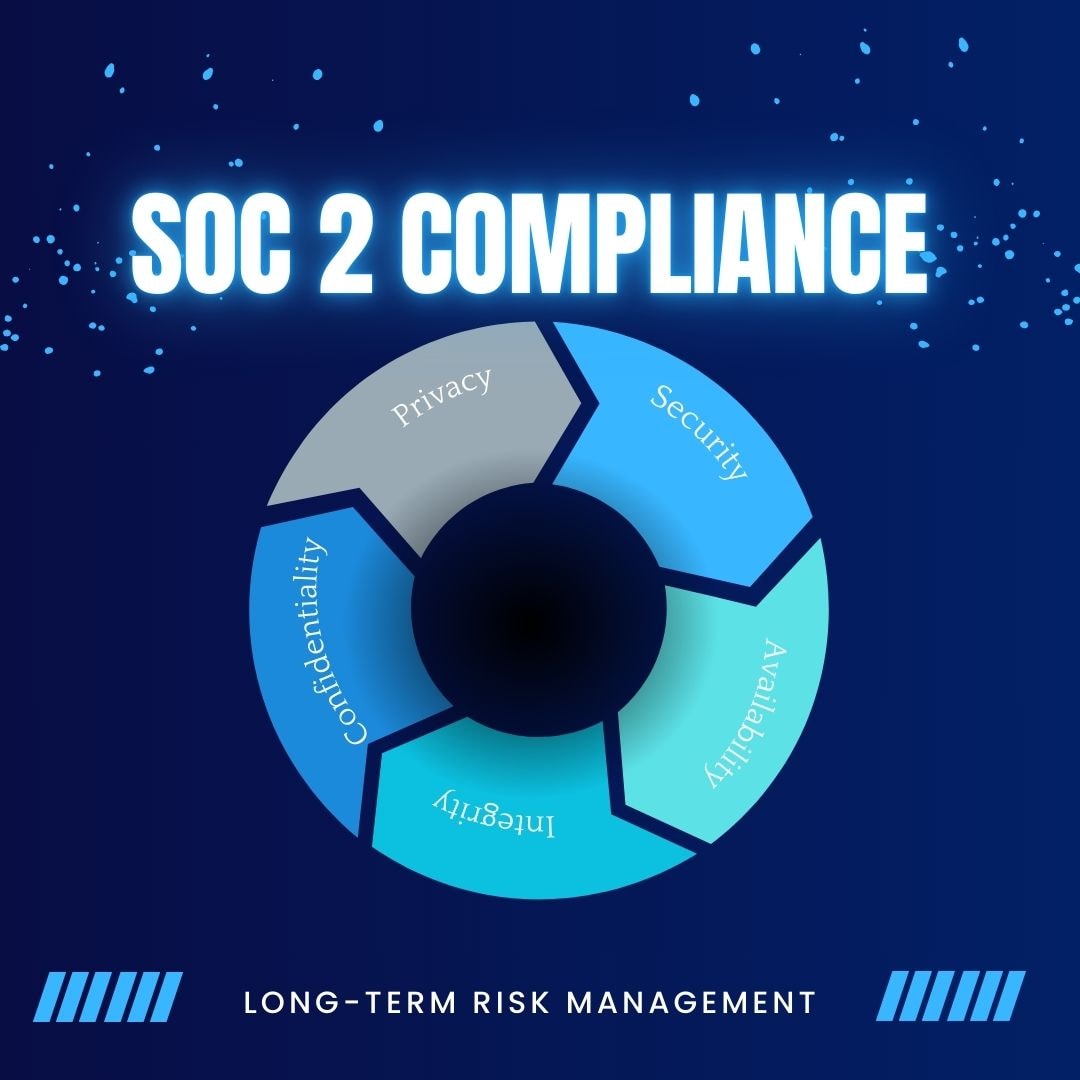
When choosing a partner for cloud or SaaS services SOC 2 compliance is a big deal. This is a deep dive audit that looks at a company’s internal controls and risk management processes. In SOC 2 internal controls are all about how a service provider manages the security of their systems, the integrity of the data they process and how they handle things like access and confidentiality.
SOC 2 is divided into two types of reports
- Type I: This checks the controls at a point in time. It tells you if the company has a good plan in place.
- Type II: This is a deeper look. It checks if the controls are being followed over a period (usually six months or more). A SOC 2 Type II report is important because it shows the provider’s security practices are not just good on paper—they’ve been proven over time.
If you’re looking for a cloud or SaaS partner SOC 2 should be at the top of your list if you need transparency into internal controls and long term security. This is especially true for businesses that handle sensitive information or need to prove their security measures for regulatory compliance. When choosing a vendor don’t settle for just a SOC 2 Type I report—ask for the Type II report to ensure they’re actively managing security over time.
SOC 3 Reports: Processing Integrity and Public Trust
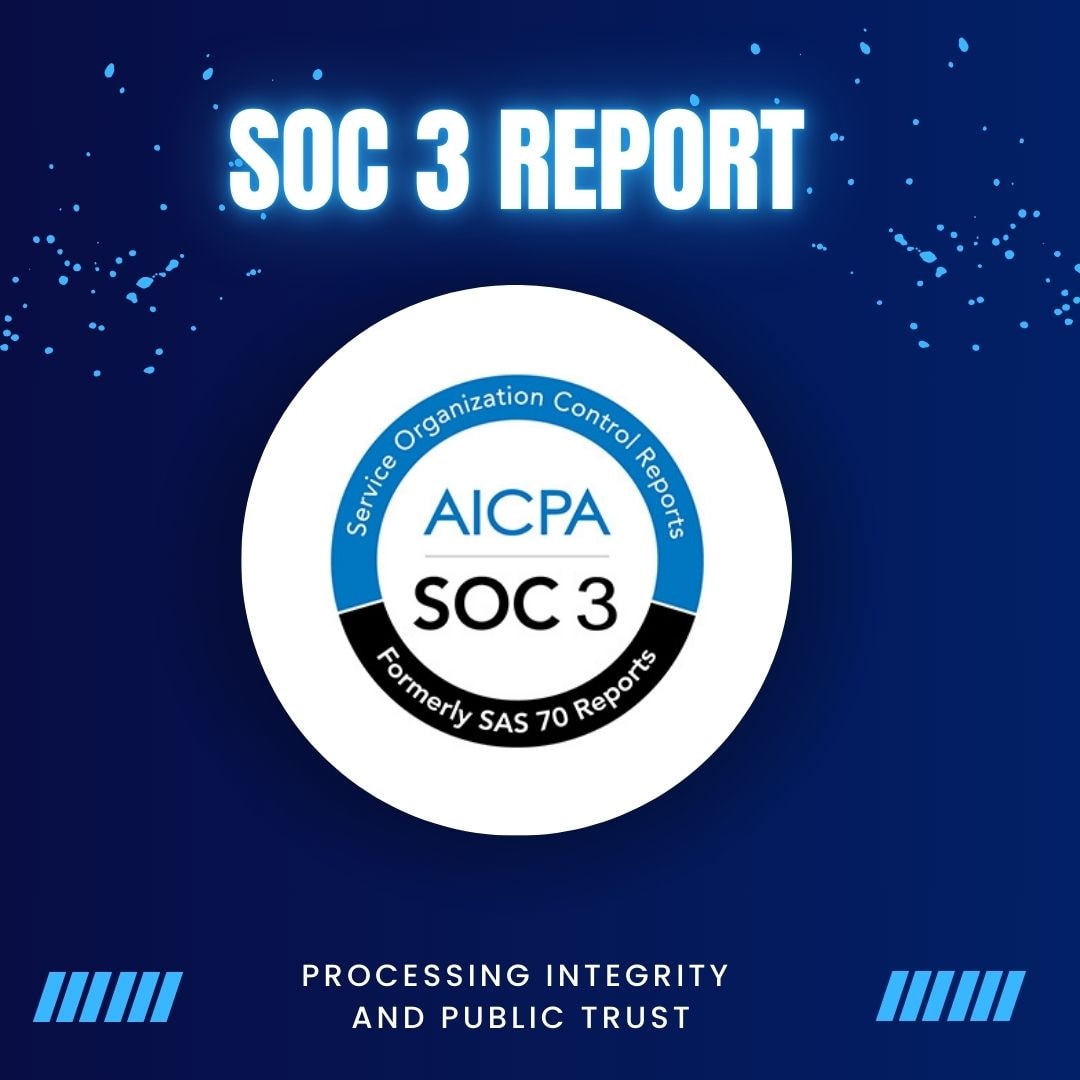
On the other hand, SOC 3 is the report you’ll find companies using for public facing purposes. Unlike SOC 2 which gives a detailed account of internal controls, SOC 3 is a simplified version meant for sharing with a wider audience. It confirms a company has met the basic security standards but doesn’t go into the same level of detail about internal processes.
A SOC 3 report can give you peace of mind that a vendor is taking the right security steps but it’s more of a general confirmation than an in-depth audit. This makes it a great option for businesses that want to show they’re compliant without getting into all the technical details.
One important aspect of SOC 3 is processing integrity, which ensures the systems and processes in place are functioning correctly. If a company has a SOC 3 report it means they have reliable and accurate operations in place—but you won’t get a complete breakdown of how they achieve that.
SOC 3 is enough if you’re making a decision based on a public facing compliance confirmation and don’t need a deep dive into the specifics. It’s great for sharing with stakeholders or customers who want to know a service provider meets certain standards without needing to get into the nitty gritty.
How to Choose Between SOC 2 and SOC 3 When Choosing a Cloud Migration Partner
Choosing the right cloud migration partner can depend on many factors, but the SOC report can be a big one. SOC 2 and SOC 3 serve different purposes but understanding the differences will help you make the right choice for your business.
Security and Compliance Goals
If you’re handling sensitive data or in a highly regulated industry, SOC 2 should be at the top of your list. This report goes into a service provider’s controls, covering security, availability, confidentiality, processing integrity and privacy. For businesses moving to the cloud especially those handling financial data or customer records, SOC 2 ensures your provider is maintaining the right internal controls to protect that data over time. It gives you peace of mind that the cloud partner is doing everything necessary to meet security standards.
If your business is less concerned with granular controls and more focused on confirming your provider follows high level industry standards, SOC 3 may be enough. This report provides a general overview without the deep dive into your provider’s systems, it’s not suitable for those with strict regulatory requirements but ideal for general assurance.
What’s in the Report?
SOC 2 reports are comprehensive with detailed descriptions of the service provider’s system and how they address security risks. This report is not for public distribution – it’s meant for stakeholders like regulators, auditors and potential investors who need to know the provider’s practices.
SOC 3 on the other hand is for a broader audience. It’s a summary of the audit findings but doesn’t include the specific details found in SOC 2. SOC 3 is public facing and used to market the service provider’s security to potential clients without giving away operational details. If you’re evaluating cloud migration partners, a SOC 3 can be a quick confirmation of their security but won’t give you the depth to assess their readiness for a complex migration.
Compliance and Regulatory Considerations
For businesses in regulated industries – like finance, healthcare or those governed by specific data protection laws – SOC 2 is the better choice. A SOC 2 audit ensures the provider’s security practices align with industry standards which is critical for compliance with laws like GDPR, HIPAA or PCI-DSS. If you’re moving critical workloads or customer data to the cloud, this detailed audit ensures your cloud partner is ready for these regulatory standards.
While SOC 3 may still be useful to show your provider is following security best practices, it doesn’t provide the level of detail needed to meet stringent compliance requirements.
Which Report is Right for You?
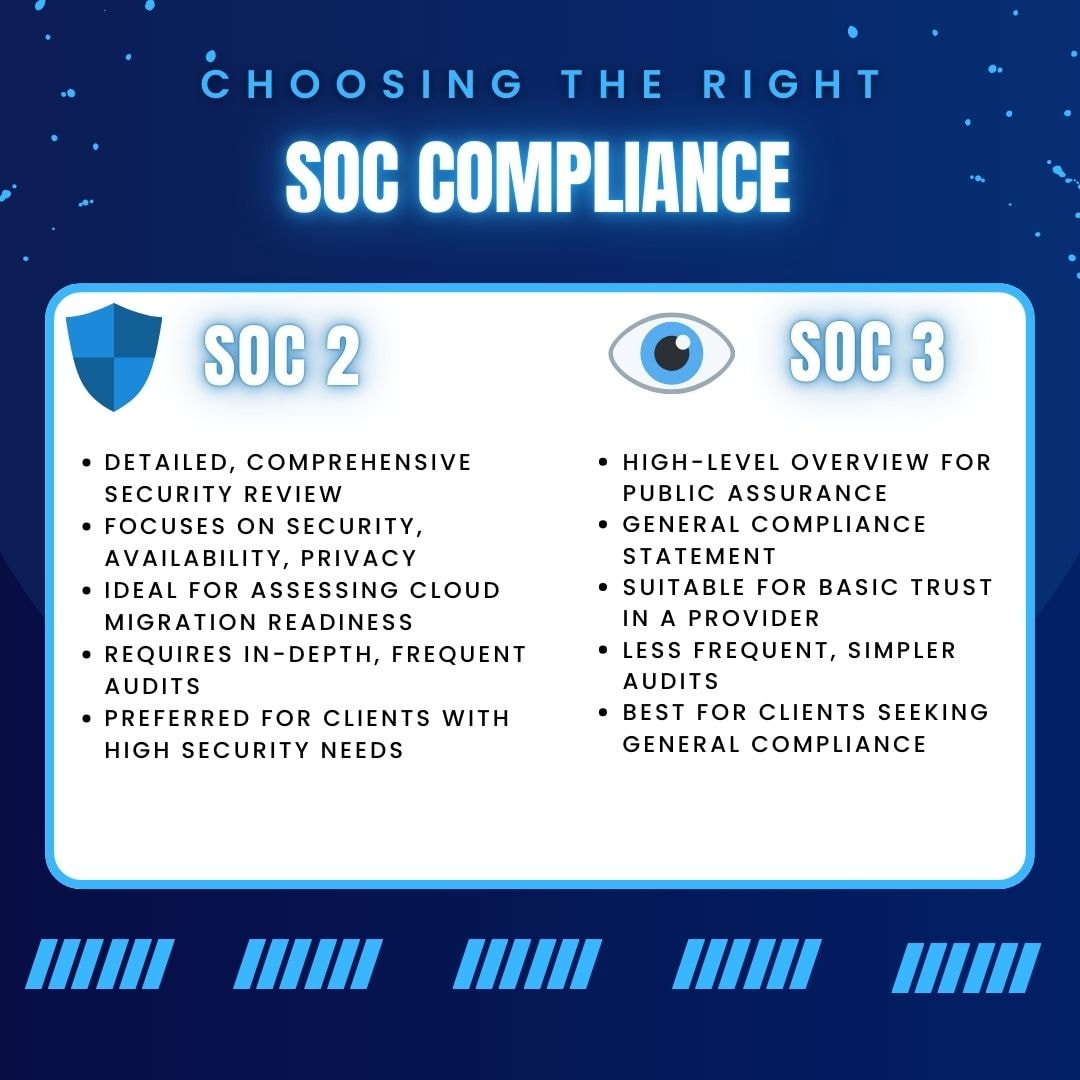
When it comes down to it, consider the scope of your needs. If your organization is undertaking a major cloud migration with large volumes of sensitive data, regulatory obligations or complex security requirements, SOC 2 will give you the transparency and depth you need. It’s designed to give you peace of mind that your partner is managing their security and compliance over time.
SOC 3 may work if your needs are less about the details and more about public facing assurance. It’s a good option for marketing or when your primary concern is general security for a wider audience. But for cloud migration where the stakes are high, you’ll want the more detailed insights that come with SOC 2 to ensure you’re partnering with a provider that meets your security and compliance goals.
Now that you understand the difference between SOC 2 and SOC 3, it’s time to consider how each compliance report fits with the needs of your industry. Different sectors have varying requirements for data security, privacy, and operational controls, and SOC compliance plays an important role in meeting those needs. Let’s take a look at how SOC compliance applies across industries.
Which SOC Compliance is Needed Across Industries?
Choosing between a service organization with SOC 2 or SOC 3 compliance depends on your specific needs for data security, privacy, and operational controls. Each report serves a different purpose, and the right choice hinges on the level of detail you require and the nature of your industry. Here’s how SOC compliance applies across various sectors:
Healthcare:
In healthcare, the stakes are high. Patient data is protected by HIPAA so anything that touches this data needs to be foolproof. SOC 2 compliance is non negotiable here especially if you handle patient records. The Trust Services Criteria in SOC 2—security, privacy and confidentiality—help ensure these service providers meet the high standards required to protect sensitive patient data.
Financial Services and Fintech:
For financial institutions and fintech companies, SOC 2 audits are a must. You need to prove your systems and processes are tight when it comes to financial data, access control and security. Investors, regulators and partners will expect transparency here. While SOC 2 is the go to, some companies may use SOC 3 for marketing purposes to give the public a high level reassurance about their commitment to security.
Software as a Service (SaaS):
SaaS providers handle large volumes of customer data—sometimes sensitive data like personally identifiable information (PII). SOC 2 is often required here focusing on data protection and ensuring systems are secure. For marketing some companies may opt for SOC 3 to give the public a general reassurance but when it comes to the nitty gritty of data protection, SOC 2 is where the focus should be.
E-commerce and Retail:
E-commerce platforms handle a lot of personal data and credit card transactions which makes security critical. Many e-commerce businesses will need SOC 2 certification to assure customers their data is being handled securely. And if the company is serious about showing their commitment to security, SOC 3 can be a way to give the public an overview of that commitment. But keep in mind, SOC 2 will carry more weight in terms of actual data security practices.
Technology and Cloud Providers:
For cloud providers or tech companies that offer infrastructure services, SOC 2 is a must. Your customers rely on you to protect their data, maintain availability and meet confidentiality standards. SOC 2 proves your security and operational effectiveness are on point. If you’re a provider and want to market your services, SOC 3 can give the public a summary but SOC 2 should be the go to report for serious security guarantees.
Manufacturing and Supply Chain:
Manufacturers may not deal directly with personal data but supply chain companies still need robust internal controls especially if they rely on third party vendors for key operations like inventory management. In this case, SOC 2 might be required to ensure these partners have proper data security and operational controls in place. It’s not just about securing data—it’s about ensuring smooth operations across the supply chain.
Education:
For educational institutions or EdTech providers, student information protection is critical. SOC 2 is typically needed to prove they have strong security controls in place to comply with laws like FERPA (Family Educational Rights and Privacy Act). For broader public-facing transparency, SOC 3 may be used but SOC 2 is where the real value lies when it comes to securing sensitive educational data.
Government Contractors:
Government contractors often deal with highly sensitive data. Some contracts require FedRAMP (Federal Risk and Authorization Management Program) but many government agencies will also require SOC 2 to ensure contractors meet data security best practices. If a company wants to go above and beyond, SOC 2 can help demonstrate compliance with these security standards.
Evaluating a SOC 2 or SOC 3 Compliant Service Organization

Now that you’ve chosen a service organization with SOC compliance, it’s time to dive into the reports themselves. This is where you get to see how well the service organization’s management handles risk and security. Here’s what to look for in the SOC reports to gauge their readiness for partnership.
Key Things to Check:
- Security Controls: Does the service organization’s management keep their systems up to date with the latest security patches? Are their systems tested and patched regularly? These are vital for securing your data and operations.
- Risk Management: How proactive is the service organization in managing risk? What steps have they taken to mitigate potential threats and vulnerabilities? Their risk mitigation process should be documented.
- Audit Scope: Make sure the SOC audit is comprehensive. A full audit should cover all aspects of security, not just a few broad areas. SOC 2, in particular, means the organization’s controls over security, availability, confidentiality and processing integrity are working as expected.
Red Flags to Watch:
- No SOC 2 Type II Certification: If the report doesn’t have SOC 2 Type II certification, it means the service organization hasn’t proven their security measures are working over time. This type of certification shows the controls are working as expected on an ongoing basis.
- Limited Processing Integrity: If the SOC report doesn’t cover processing integrity—meaning data processing reliability—it could mean the organization doesn’t handle their data well. This is critical for your operations to run smoothly.
- Weak Internal Controls: The service organization’s internal controls should be strong and comprehensive. If the audit shows weaknesses or incomplete controls, there may be significant security gaps that could impact your data and operations.
When reviewing SOC reports, remember you’re looking for more than just compliance—you need a service organization that actively secures your data, has a strong security posture and supports your operations. Their ability to prove operational effectiveness through independent auditors and a thorough audit process should give you the confidence for your cloud migration and beyond.
By looking at the SOC report and the organization’s management processes you can get a better view of how they align with you. A service organization with good controls in place will not only meet compliance but will also be your partner in securing your sensitive data and managing risk over time.
Take Aways
- SOC 2: Best for industries like finance, healthcare and SaaS where detailed security practices are required to comply with regulations and protect sensitive data. Example: A SaaS provider handling health data would get a SOC 2 audit to meet HIPAA requirements and have an audit trail for sensitive data access.
- SOC 3: Good for companies who want to be transparent to a wide audience without getting into the details. Example: A tech startup might use SOC 3 to showcase their security to potential clients without revealing specifics.
Knowing the right report for your needs is key to choosing the right partner for your cloud migration. Remember what matters most: detailed compliance for your organization’s security and peace of mind.

